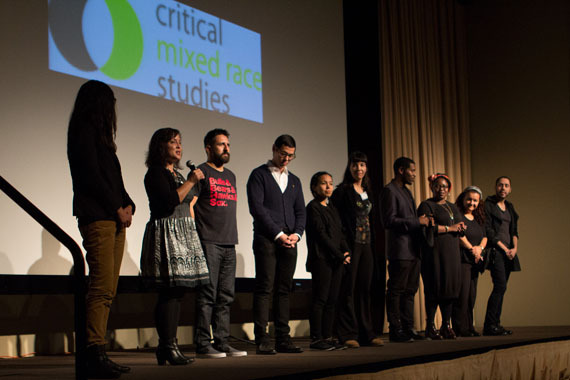Talking about Critical Mixed Race Studies in the Wake of FergusonPosted in Articles, Asian Diaspora, Media Archive, Politics/Public Policy, Social Science, United States on 2015-01-21 20:38Z by Steven |
Talking about Critical Mixed Race Studies in the Wake of Ferguson
University of Washington Press Blog
2015-01-21
Laura Kina, Vincent de Paul Professor of Art, Media, & Design
DePaul University, Chicago, Illinois
In this guest post, Laura Kina, coeditor of War Baby / Love Child: Mixed Race Asian American Art, discusses the emerging discipline of mixed race studies and what it can contribute to ongoing dialogues surrounding race, police brutality, and social justice in the wake of Ferguson.
Since the deaths this past summer of two unarmed black men, Michael Brown Jr. in Ferguson, Missouri and Eric Garner in Staten Island, New York by white police officers, our nation has been embroiled in discussions of police brutality and racial profiling. The social unrest and racial tensions of our current moment are a stark contrast to the congratulatory “post-racial” moment in 2008 with the election of President Barack Obama–the first black “biracial” president. Recent racial tensions also present stark contrast to the celebration of the multiracial “melting pot” that America celebrated following the 2000 US Census, which allowed individuals to self-identify as more than one race for the first time.
Those earlier, problematic readings of race—as something to either get beyond or as something new and worthy of celebration—coupled with the dearth of history and representations of mixed race Asian American lives inspired my coauthor Wei Ming Dariotis and I to publish War Baby/Love Child: Mixed Race Asian American Art (University of Washington Press, 2013). Along with my DePaul colleague Camilla Fojas, we also set out to challenge these myths and establish a scholarly field of Critical Mixed Race Studies…
Read the entire article here.




